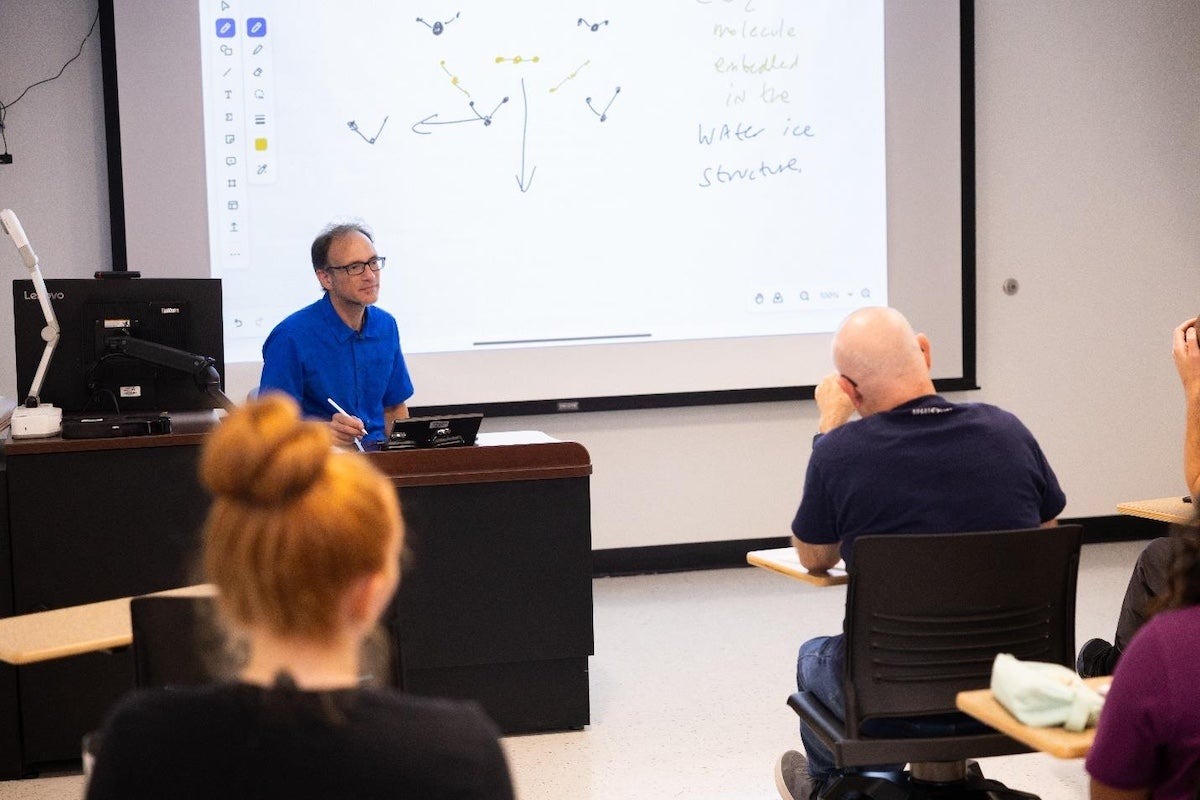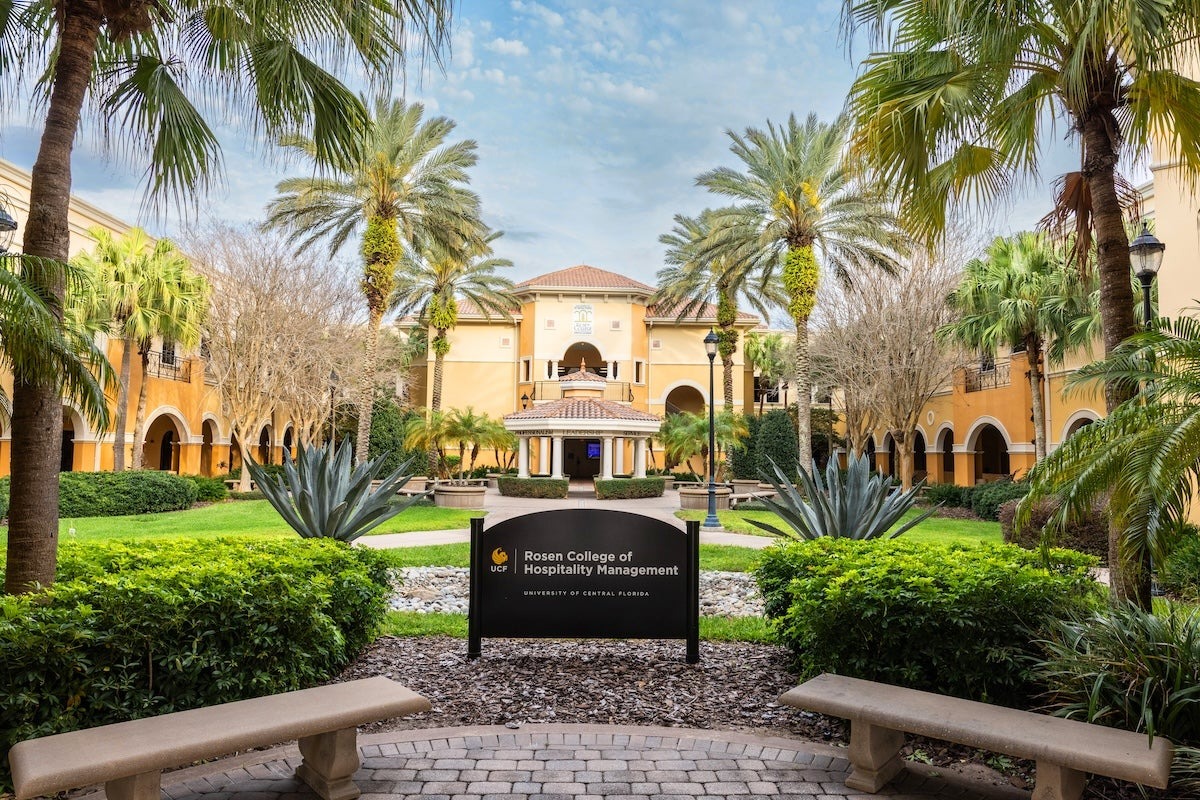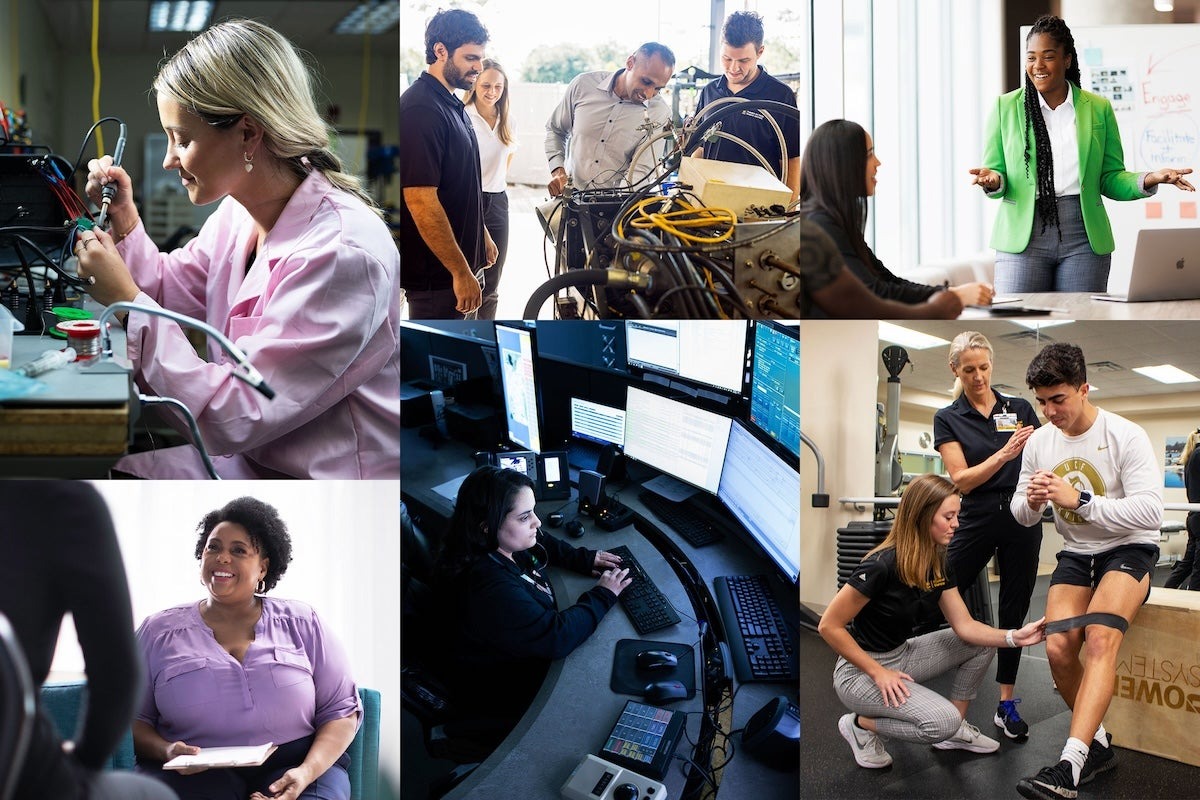Clues Emerge: How Harmless Bacteria Go Rogue Turning into Deadly Flesh-eating Variants
For bacteria, like people, lifestyle matters.
A new study from the University of Central Florida found that the environmental lifestyle that bacteria possess reveals why some go rogue and turn deadly while others remain harmless to humans.
The findings, which were published recently in the journal Proceedings of the National Academy of Sciences, focus on Vibrio vulnificus, better known as the flesh-eating bacteria. However, what the scientists found could help create a model that may well extend to other human pathogens.
“From COVID to V. vulnificus the emergence of human pathogens is one of the most concerning public health issues facing us,” says lead author Salvador Almagro-Moreno, an assistant professor of medicine at UCF. “But we know surprisingly very little about what triggers the change from harmless to deadly. We want to answer that question using aquatic pathogens such as the agent of cholera or V. vulnificus as model systems. Our study is a big step in understanding this emergence phenomenon, and will hopefully help us predict, prevent and manage future outbreaks.”
V. vulnificus, a bacterium found in the marine environment, often causes necrotizing fasciitis, an infection in which the flesh around an open wound dies, giving the bacterium the name “flesh-eating.” Consumption of raw oysters contaminated with this bacterium can also cause more severe and life-threatening septicemia in patients with underlying health conditions such as diabetes mellitus. V. vulnificus is one of the fastest-killing human pathogens with a striking mortality rate of more than 50 percent. But not all the strains of this bacterium can kill humans and in fact, most are unable to cause harm, Almagro-Moreno says. Surprisingly, the ecological and genetic reasons behind this drastic difference have remained enigmatic for decades.
For this study, Almagro-Moreno, who provides expert opinion to the Food and Drug Administration on flesh-eating bacteria, investigated populations of V. vulnificus in the Indian River Lagoon in East Central Florida because the bacterium is endemic to this region. The aim of the study was to investigate potential genomic and ecological factors that might facilitate the emergence of deadly variants of V. vulnificus.
He and his team collected a variety of samples between 2018 and 2019 from two areas of the lagoon, which stretches more than 150 miles from Volusia to Palm Beach County. They investigated a wide range of factors that included variables like the bacterial communities in the environment, water pollutants, dissolved organic matter or the presence of algal blooms among others. Before sampling, the team developed a novel genetic marker that could rapidly screen the samples on a large scale to detect specifically V. vulnificus and discriminate between strains that can cause disease to humans and those that don’t.
“This accurate marker will aid in the detection of V. vulnificus globally, which we hope will be used by public health authorities to prevent or manage outbreaks,” says Almagro-Moreno.
Moreno’s team found some striking associations between the likelihood of identifying deadly strains of the bacterium and some ecological factors and genomic determinants.
“Our results indicate how ecosystems may be generating pressures that facilitate the emergence of specific strains with pathogenic potential within a natural population,” says Almagro-Moreno. “We now have evidence that the environment plays a most critical role in shaping the emergence of this pathogen. Nonetheless, we are pathogen hunters and there is much more research to conduct. But this is a critical starting point in solving the mystery of what are the elements/ingredients that make a pathogen?”
The rest of the study team includes Mario Lopez-Perez, Jane M. Jayakumar, and Trudy-Ann Grant from UCF’s Burnett School of Biomedical Sciences. It also includes Asier Zaragoza-Solas and Pedro Cabello-Yeves from the Universidad Miguel Hernandez in Alicante, Spain.
Almagro-Moreno joined UCF in 2017 and established his lab, which focuses on the emergence and evolution of bacterial pathogens. He holds multiple degrees from universities in Spain and Ireland and completed his postdoctoral studies as the Ernest Everett Just Postdoctoral Fellow at Dartmouth College. He has published dozens of journal articles and his lab has received more than $1.2 million in grant funding. In 2021 he was the recipient of the U.S. National Science Foundation CAREER award and recently received the “Ramon y Cajal” award, the most prestigious award given by the Government of Spain to an early career scientist. He is a member of the National Center for Integrated Coastal Research and the Genomics and Bioinformatics cluster at UCF.
Share This Article

UCF Launches 1st Planetary and Space Sciences PhD Program in Florida
As SpaceU, UCF is pushing the boundaries of exploration by launching a groundbreaking new doctoral program in the planetary and space sciences. Now, aspiring researchers can apply to the inaugural cohort of...
Latest News

UCF Fulbright Awardees Bring Their Passions to a Global Scale
Each year, the Fulbright Program offers opportunities for American students to conduct research, teach English, or pursue graduate study abroad. One of the most prestigious international exchange programs in the...

Unleash Opportunities with a UCF Graduate Degree
A graduate degree has the power to unleash opportunities by expanding careers, opening doors to new fields, and increasing lifetime earnings. According to the U.S. Bureau of Labor Statistics (2024),...

UCF Rosen College Ranks No. 1 in the World for Hospitality Education for 2025
One of the most anticipated theme parks in the world is about to open its gates — and right next door, the No. 1 hospitality and hotel management school on...

From Engineering to Counseling, Graduate Programs Highly Ranked by U.S. News Propel UCF Alumni to Thrive in Career
While pursuing a doctoral degree in aerospace engineering at UCF , Tommy Genova ’20MS ’20PhD worked alongside Professor Kareem Ahmed, one of the world’s foremost researchers in hypersonics and combustion. He played a...